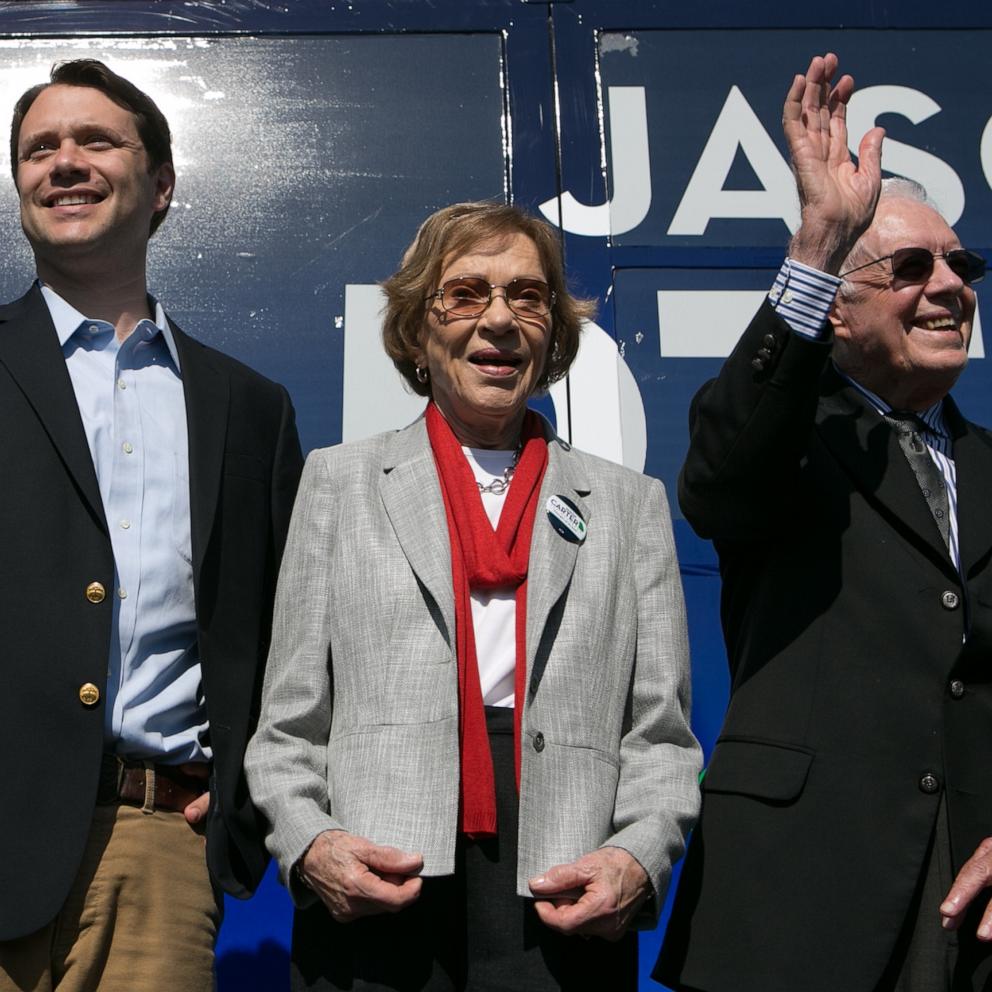Here's what the UAW deal with Ford means for General Motors and Stellantis
Tens of thousands of Ford employees will soon return to work as part of a tentative agreement that ends one section of a work stoppage mounted by the United Auto Workers against the Big 3 U.S. carmakers.
The deal focuses attention on nearly 100,000 union members still without a contract at the other two -- General Motors and Stellantis, the parent company of Jeep and Chrysler.
That ongoing walkout could end within days, labor experts told ABC News, pointing to a likely acknowledgement among the union and carmakers that the Ford contract would set the terms for the outstanding agreements.
Eager to avoid further damage to output and revenue, the companies will likely seek a resolution as they watch Ford return to full capacity, the experts added.
"I would be totally flabbergasted if GM and Stellantis don't sign an agreement very, very similar to that reached at Ford, and I think that will occur within the next week," Harry Katz, a professor of collective bargaining at Cornell University who has closely followed the negotiations, told ABC News.
Kate Bronfenbrenner, also a labor relations professor at Cornell University, concurred, saying the strike would end in a matter of weeks. "The other automakers will be quick to follow," Bronfenbrenner told ABC News.
The tentative contract struck between UAW and Ford calls for a roughly 25% raise over four years as well as significant improvements on pensions and the right to strike plant closures.
By comparison, the latest offers from General Motors and Stellantis each provide a 23% raise over the length of a four-year contract, as well as pension increases and job security measures.
In response to ABC News' request for comment, a Stellantis spokesperson said, "We remain committed to working toward a tentative agreement that gets everyone back to work as soon as possible."
A General Motors spokesperson told ABC News, "We are working constructively with the UAW to reach a tentative agreement as soon as possible."
The UAW did not respond to ABC News' request for comment.
The automakers have expressed reluctance to meet some demands from the union that they considered ambitious, saying such moves would take investment away from a costly shift to electric vehicles. The companies have also cited the need to compete with non-union competitors like Tesla.

The UAW launched a work stoppage against the Big 3 carmakers more than a month ago, deploying a "stand-up" strike method to target specific plants and add to the list if a deal isn't reached. Tens of thousands of workers at General Motors and Stellantis remain out on strike.
The tentative agreement with Ford must be ratified by a majority of some 57,000 union members who work for the company. Under the terms of the deal, employees will soon return to work as balloting unfolds.
"Both of the remaining companies have to see very clearly what's going to be required to get a deal done," Robert Bruno, director of the School of Labor and Employment Relations at the University of Illinois, told ABC News.
"To have one of their competitors in agreement with the UAW and back to work producing high-volume, high-profit vehicles while their companies are still shut down – that would just be an untenable situation," Bruno added.
As of last week, the strike has cost the auto industry an estimated $9.3 billion, according to a report released on Monday by Michigan-based research firm Anderson Economic Group.
Despite renewed momentum behind a resolution to the outstanding labor disputes, Bruno said, negotiations could get held up by lingering points of disagreement or possible ill-will between representatives.
"These are three separate companies and they have to make decisions based on their views of what they can afford," Bruno said.
Still, the labor experts expressed confidence that contracts at Stellantis and General Motors would soon end the autoworkers' strike.
"It's not going to go on much longer," Katz said. "I'll bet anything on that."




